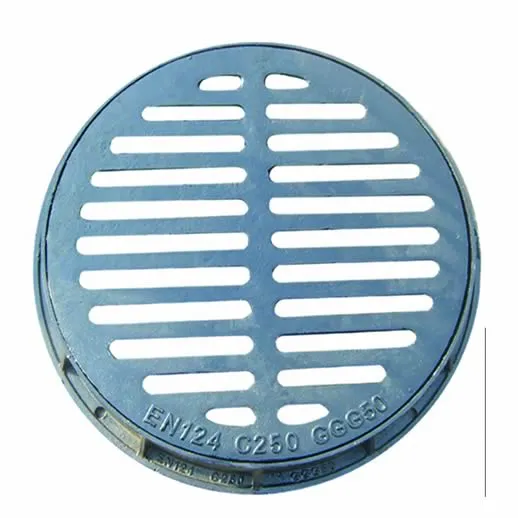Effectiveness of Tested Bollards in Real-World Impact Scenarios
Impact Tested Bollards Ensuring Safety in High Traffic Areas
In today's urban landscape, the need for enhanced security measures has never been more critical. With increasing traffic volumes and unpredictable security threats, impact tested bollards have emerged as a robust solution for safeguarding pedestrians, properties, and critical infrastructure. These durable, engineered barriers are designed to withstand high-impact collisions and provide a reliable defense against unauthorized vehicle access.
What Are Impact Tested Bollards?
Impact tested bollards are cylindrical posts designed to control or direct traffic, protect designated areas, and prevent unauthorized vehicle access. Unlike regular bollards, impact tested versions undergo rigorous testing procedures that assess their structural integrity and resistance to vehicle collisions. The testing typically follows standards set by organizations such as the American Society for Testing and Materials (ASTM) and the Federal Highway Administration (FHWA).
These bollards are categorized based on their resistance levels, which are determined by the type of vehicles they can withstand and the speed at which they can collide. For example, some bollards are rated to stop light passenger vehicles, while others can withstand heavy trucks or even military-grade vehicles, making them suitable for a range of applications from pedestrian walkways to secure government facilities.
The Importance of Impact Testing
The significance of impact testing cannot be overstated. It provides a guarantee that the bollards can withstand unexpected vehicle attacks and helps urban planners and security designers make informed decisions based on specific environmental requirements. This testing involves simulating real-world scenarios where vehicles might unintentionally or deliberately collide with the bollards.
For instance, a common test involves a vehicle weighing about 15,000 pounds traveling at a speed of 30 miles per hour. The bollard is then assessed for its ability to absorb and dissipate the energy of the collision, preventing intrusion into the secured area. This level of testing ensures that cities and organizations can deploy these safety features with confidence.
Applications of Impact Tested Bollards
Due to their versatile nature, impact tested bollards find applications in various settings. Here are some key examples
impact tested bollards

1. Urban Environments In dense city areas where pedestrian traffic is high, bollards help manage vehicle access to pedestrian zones and outdoor dining areas. They act as a physical barrier that prevents vehicles from encroaching on these spaces, thus enhancing safety for pedestrians.
2. Transportation Hubs Airports, train stations, and bus terminals are critical infrastructures that require heightened security. Impact tested bollards are used to create secure perimeters and protect against the threat of vehicle-based attacks.
3. Government Buildings Facilities such as embassies, military bases, and courthouses often face security threats. The installation of robust bollards serves as a deterrent against unauthorized vehicle access, providing an extra layer of protection.
4. Public Events Festivals, concerts, and parades often necessitate crowd management solutions. Placing bollards strategically can create safe zones and guide attendee movement while preventing vehicle intrusions.
Aesthetic and Practical Benefits
While safety is the primary concern, aesthetic appeal is also paramount in urban design. Impact tested bollards come in various styles, colors, and materials, allowing for seamless integration into the surrounding architecture. Whether made of concrete, steel, or composite materials, they can enhance the overall look of public spaces while serving their protective role.
Furthermore, many modern bollards are designed with features such as removable options for service access or decorative elements that blend with street furniture. These design aspects ensure that functionality does not come at the expense of visual appeal.
Conclusion
As urban areas continue to evolve, the implementation of impact tested bollards represents a proactive approach to safety and security. Their ability to withstand high-speed impacts not only aids in the protection of public spaces but also contributes to the overall peace of mind for citizens. By thoughtfully integrating these safety measures into urban design, cities can foster environments that are both secure and inviting, balancing the need for protection with the enhancement of public spaces.
-
The Smarter Choice for Pedestrian AreasNewsJun.30,2025
-
The Gold Standard in Round Drain CoversNewsJun.30,2025
-
The Gold Standard in Manhole Cover SystemsNewsJun.30,2025
-
Superior Drainage Solutions with Premium Gully GratesNewsJun.30,2025
-
Superior Drainage Solutions for Global InfrastructureNewsJun.30,2025
-
Square Manhole Solutions for Modern InfrastructureNewsJun.30,2025
-
Premium Manhole Covers for Modern InfrastructureNewsJun.30,2025
